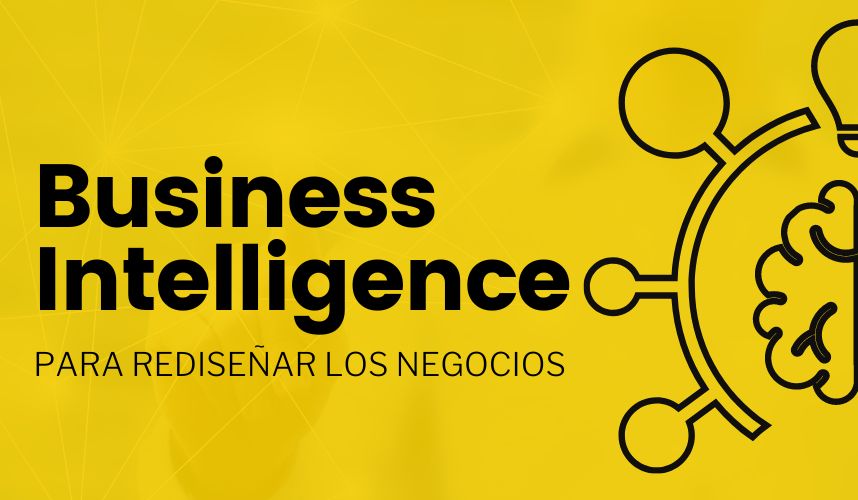What is the basis and potential of Business Intelligence in logistics?
In the new era of Big Data, tools such as Business Intelligence are key to adapt your business to the advantages of technology. What is the reason for its growth and what are its benefits?
The use of data and its importance in business has become key when it comes to analyzing a company's activity in depth.
In the management of this data, the focus should not be on the quantity of data, but on the ability to manage it in the most efficient way in order to obtain the greatest possible benefits.
By 2024, Spanish retail revenues are expected to increase by 55% thanks to the use of digital technologies. This fact implies an inevitable adaptation to tools such as the one mentioned above if we are looking for an advance tailored to the needs of the company.
The importance and value of data is increasing, but not all companies take advantage of it. Business intelligence seeks to focus on the use of this data within a company in order to get the most out of the information available.
What is Business Intelligence (BI)?
Being able to consult and analyze the data of a business allows us to be able to obtain valuable information about the patterns that are followed within the different processes of a company.
BI is based on a continuous analysis of the information generated by a company (both in the area of customers and products, services and suppliers) to subsequently detect the trends that follow and be able to interpret them.
It also allows us to find relationships between different variables, which gives us the possibility of acquiring information in a much more personalized way. The objective is to implement changes in those sectors of the company that are influenced by the data obtained, thus having the ability to make continuous improvements.
The data are presented in an orderly manner in tables or graphs that allow for the most timely understanding possible and optimize the company's performance.
Why is it necessary to implement Business Intelligence in your business?
Business intelligence implies obtaining advanced knowledge about the data generated by a company in all the areas in which it operates. Thus, implementing it will generate clear benefits, as long as the aim is to get the most out of the data.
BI also allows all decision-makers in the company to adapt it, which means that it can be easily applied to all sectors of the company.
Types of business intelligence
Different tools are used to process the different types of data obtained, depending on the objective to be achieved:
Storyboard. This is a document that visually shows a "story" that deals mostly with information about KPIs (Key Performance Indicators). It is very useful to quickly and schematically build a prototype showing the analysis of a sequence.
Reporting. Displays data in a more detailed way, usually in the form of tables, although it can be complemented with other types of data visualization such as graphs. It usually focuses on details and underlying data.
Dashboard. It is one of the most used functions within BI. It is a way to manage and visualize data interactively. It usually focuses on the most critical factors. With this tool we try to define the success factors and key performance indicators. In this way, the use of graphs and reports is combined, and filters can be used to focus on different types of information and obtain it in a more personalized way.
Applications. Information presented in a data guide that allows analysis through the use of graphs, maps and tables. A wide range of data is often covered, from trends and KPIs to a breakdown of data for deeper analysis.
Advantages of incorporating a BI into your logistics operations
Its main objective and advantage is to help in decision making and to obtain data that may go unnoticed with other types of analysis. In addition, we see benefits in many other areas.
- In addition to reducing costs and data analysis times, it helps to better understand the profile of the market and customers, thus increasing sales and customer loyalty.
- With respect to the competitive position, a strategy aimed at optimizing and improving the relationship with customers is achieved by having accurate and updated information. In this way, a competitive advantage is achieved with respect to other companies in the sector that do not have this tool implemented.
- It not only optimizes the analysis of information, but also reduces the time spent searching for it.
- By analyzing the evolution of the data, it is possible to predict certain market movements and behaviors, as well as to prepare for possible situations.
In conclusion, we can see that this tool offers great advantages when it comes to taking advantage of the data that is inevitably obtained in a business. In turn, it helps to know it in greater depth and have an analysis of the movements and responses of customers on an ongoing basis.

Consultant in Logistics and Supply Chain Technologies


